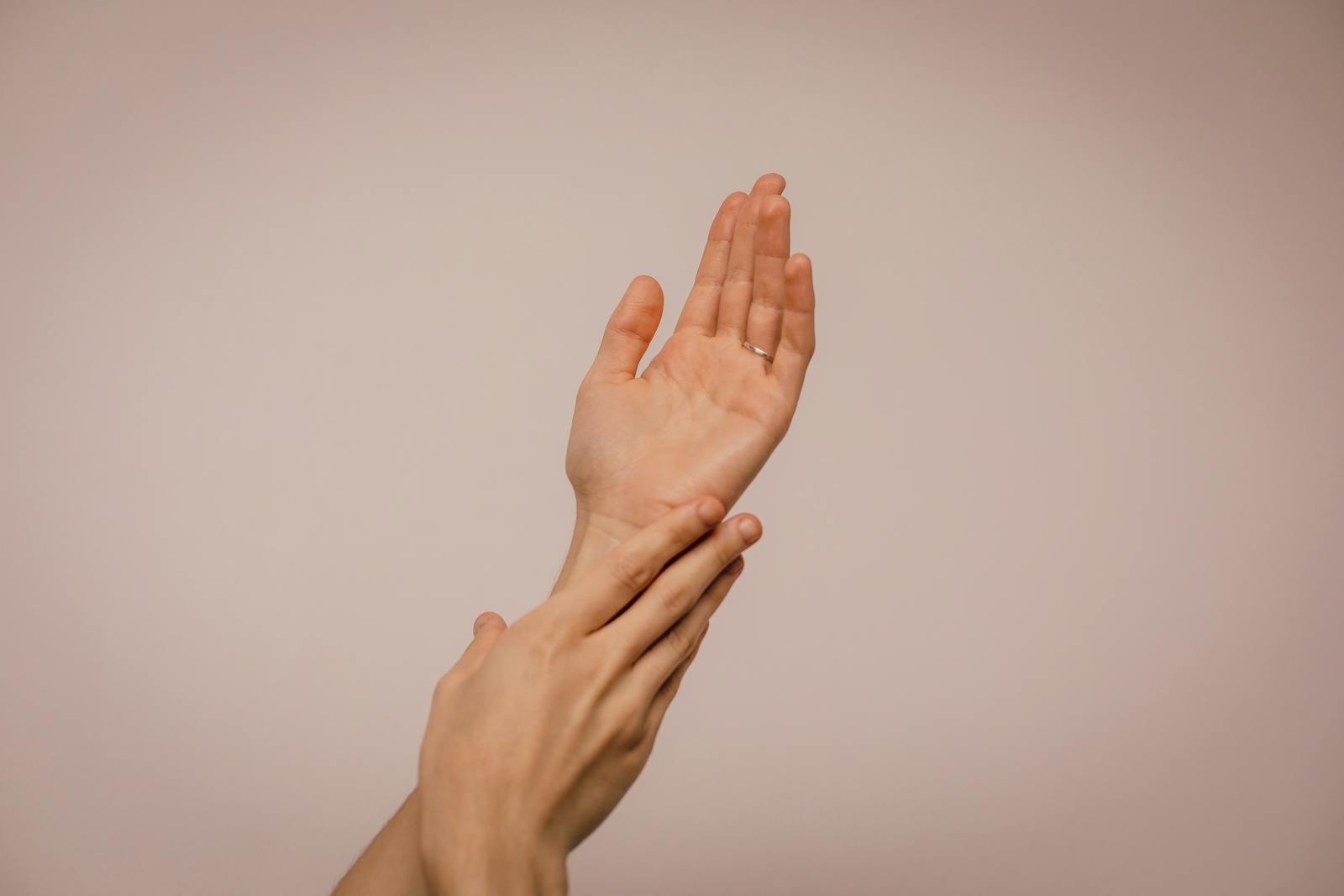Sexuality Beyond Old Stereotypes
For centuries, female sexuality was framed as passive, submissive, and secondary to men’s. Women were expected to comply, not enjoy. That view lingered well into modern times, dismissing women’s capacity for pleasure.
The 20th century changed the script. With the advent of the contraceptive pill, women gained unprecedented control over their bodies, finances, and social roles. Independence and sexual freedom became part of their identity. Yet, even today, female desire remains complex—more vulnerable to context, stress, and biology than many assume.
The Biological Tightrope
Unlike men, whose sexual drive is relatively stable, women’s desire fluctuates sharply. Research shows that young women report about 10–15% less spontaneous sexual desire than men of the same age. This isn’t a flaw—it’s biology.
Hormonal rhythms strongly shape libido. During the menstrual cycle, testosterone peaks in the fertile window, usually mid-cycle, when the body is primed for reproduction. That’s when many women feel a noticeable boost in desire.
After ovulation, progesterone takes over. Its role is to prepare the body for possible pregnancy, not to encourage further sex. Biologically speaking, the “mission” of that month has been accomplished. Desire dips, and couples may notice a mismatch if they don’t recognize what’s happening.
Pregnancy: A Shifting Landscape
Pregnancy can be a confusing chapter for sexuality. Progesterone remains high and often dampens libido. Cultural myths—like the fear that intercourse might harm the baby—still discourage couples. Physical changes add another layer: a growing uterus, fatigue, or discomfort during sex.
After childbirth, libido doesn’t simply “snap back.” The postpartum body produces prolactin, the hormone that drives milk production but simultaneously suppresses ovulation and desire. Nature, in essence, tells the mother to focus on nurturing the newborn, not on conception. Add exhaustion and emotional overload, and many women find intimacy slipping to the bottom of their priorities.
Menopause: Desire in Transition
Later in life, menopause reshapes sexuality again. The drop in estrogen brings hot flashes, insomnia, mood swings, and vaginal dryness—physical realities that can make intimacy difficult.
But there’s also the psychological impact: menopause signals the end of reproductive capacity. Many women internalize this as a loss of sensuality or attractiveness. Desire wanes not just from hormones but from altered self-perception.
Reclaiming Desire
Understanding these shifts is the first step toward resilience. Hormonal variability isn’t a personal failing—it’s the natural design of the female body. Still, knowledge alone isn’t enough.
- Communication matters. Couples who talk openly about mismatched desire are better equipped to adapt.
- Self-exploration helps. Women who explore their own bodies and rhythms often rediscover forgotten sources of pleasure.
- Persistence is key. Even when libido feels buried, the act of seeking it—through intimacy, self-awareness, or medical guidance—reinforces the will to thrive, not just survive.
Female sexuality isn’t linear. It ebbs and flows, molded by biology but also by culture, emotion, and partnership. Recognizing those cycles transforms frustration into understanding and opens the door to deeper intimacy.




